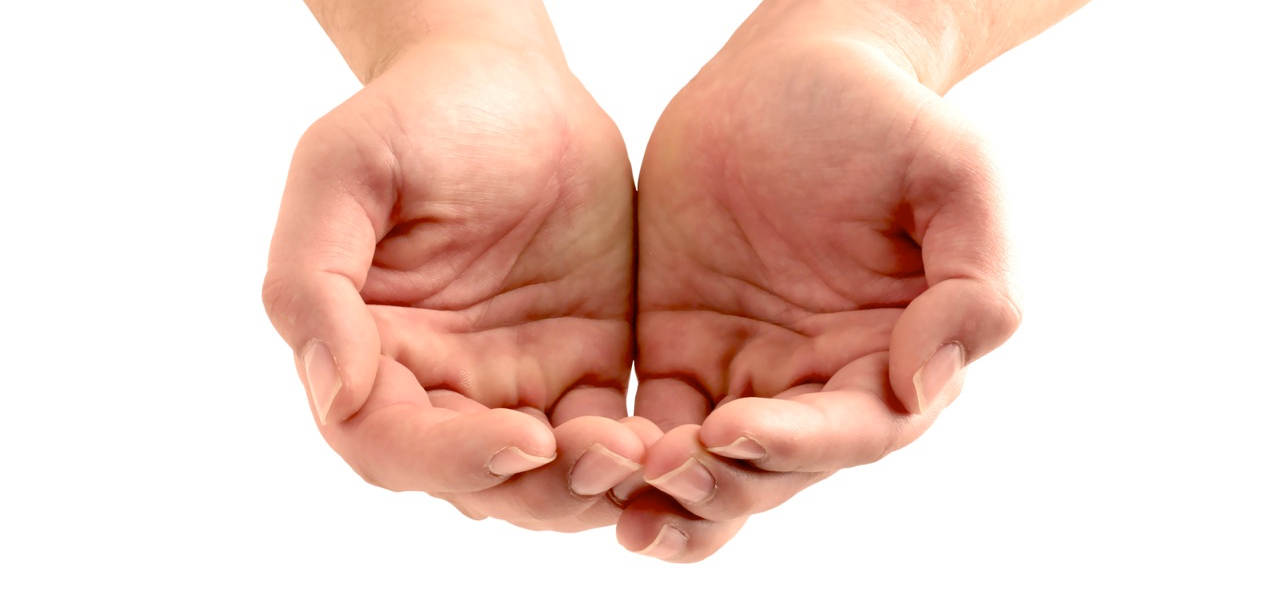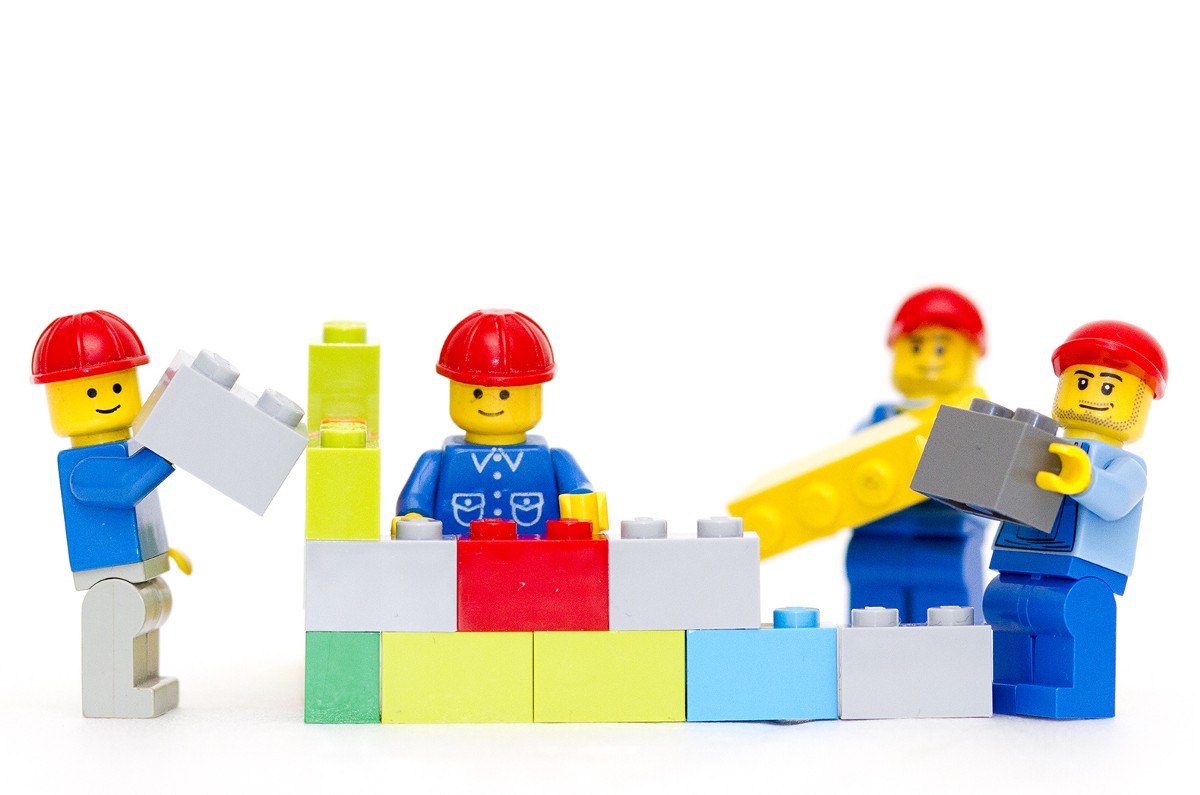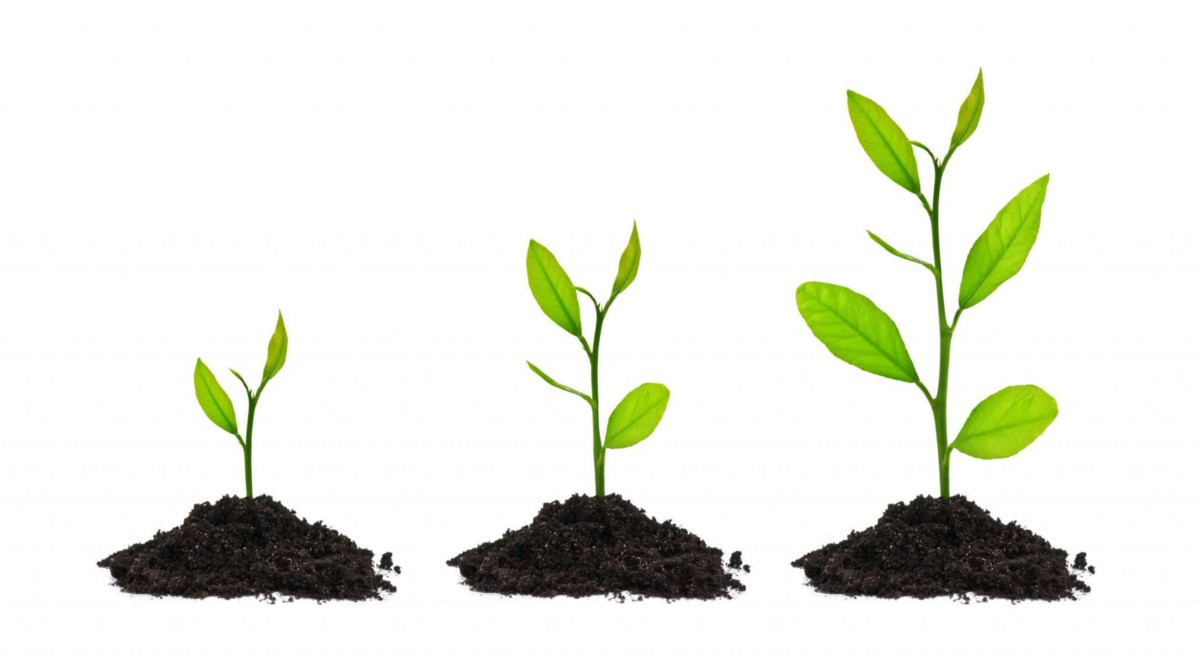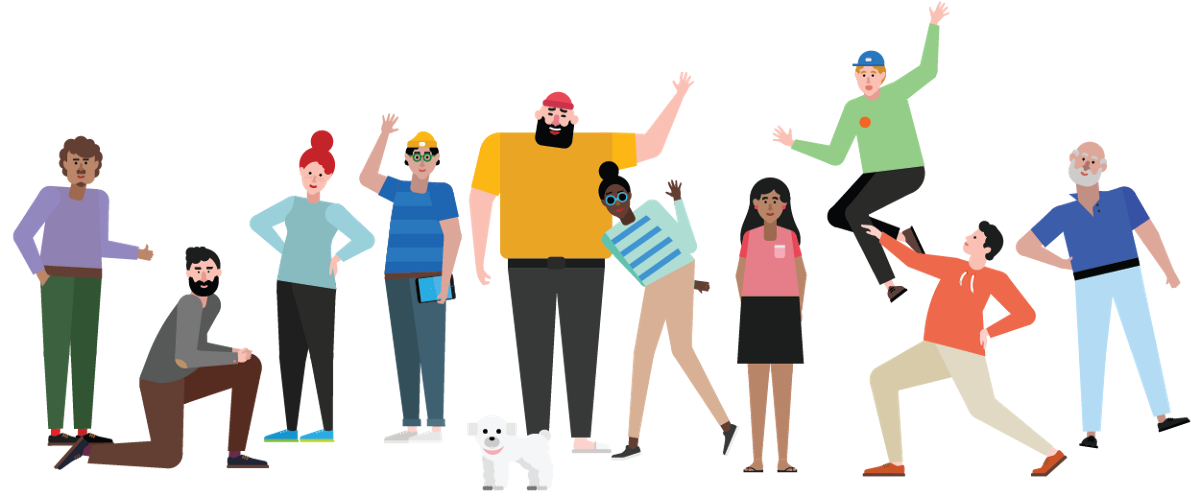
Caring for digital products
In my first story ‘User Experience is …’ I promised that …
"over the course of a few stories, I’ll try and cover a few of the sciences we draw upon in our art as a creative community to create engaging experiences."
Last time around I talked about how User Experience is ... designing with insight. As designers, it’s important to know what users are doing, where they are coming from, how they engage and where they go. So we can build a picture and understand the ways you can improve conversion or highlight what’s missing.

Caring for digital products
UX and product management both play an important role in bringing products to market. I’ve seen and heard a lot of conversations out in the community around this.
Although the roles aren’t the same or interchangeable, there is a healthy cross over. According to the experts over at the Nielsen Norman Group.
"UX encompasses all aspects of the end-user’s interaction with the company, its services, and its products"
Nielson Norman Group
From experience I can see that Product Owners are responsible for the successful delivery of high quality digital products. This focuses them on product success over the entire product lifecycle. They are ultimately accountable for the whole of the product and interacting with the wider business who have an interest, vested or otherwise in the product.
So as you can see there is a healthy tension in delivering quality for the end-user and it being successful and valuable for the interested parties in the product (user, business function(s), specialist team(s) etc.).

The ultimate creative team, Lego men!
The teams I work in are no different, we don’t rely on one single person or business function, but have dedicated teams made up of talented Product Owners, Delivery Managers, Scum Masters and Agile Coaches as well as Designers and Engineers. All these focus on what the end-user will find useful and how the end-user wants to use our digital products, in order to deliver successful, valuable digital experiences.
So there is also this healthy tension where these roles overlap. Designers work collaboratively with Product Owners to fully understand the problem that is happening in the business and the pain it is causing different audiences (customers, colleagues, a business owners and business functions). From understanding the problem we might create some hypothetical solutions to the problem, that we need to test and learn from.
In doing so we might uncover a hypothetical solution that satisfies one or all of the audiences’ need. We could iterate and spend more time carefully refining an idea until it is at a state where it can be considered as a right solution to the problem. We take a lot of time to understand and empathise with the problem theme. We take a lot of care to nurture ideas, feed them, raise them, let them grow and craft them into suitable hypothetical solutions. In doing so we care for our ideas we want to see them grow up and be successful.
We want to see them in the wild, running free and being useful. So we also feel ownership over the product and idea. We want to work hand in hand with the team to understand where we can refine the product. What new features are needed to keep it growing and how we can take better care of it. This goes hand in hand with Product Ownership and this is why a good relationship between Product Ownership and design is key to a successful product.

Just like plants, when teams are nutured, they grow.
Don’t get me wrong I understand that the Product Owner is ultimately accountable for a product. They take care of the budget, resource, prioritising business and user needs and have a view over all the business interests in the product. But everyone in the team should be responsible for the product, and hopefully feel ownership over it. With such close connections with the problem and the nurturing of ideas it’s obvious that designers may feel this more than most and we’ve built empathy for the problem, who it’s effecting and how it’s affecting them.
“Ownership versus accountability … Managers hold employees accountable by building accountable actions into their daily schedule, such as providing timely feedback and measuring progress toward goals. But ownership is not something that managers can demand. It’s intrinsic, rather than extrinsic like accountability.”
Product Owners maybe the glue that hold the team together and allow the wider business engage with the product. Designers can often help this happen by bringing ideas to life. Whether through visioning, developing greater empathy, fostering and sharing knowledge of the overall experience and user journey, or providing greater understanding through sprint designs of features. All this puts the designer at the centre of the product, which is why designers often feel ownership of the products they are working on.

Microsoft's visualisation of a team
So next time you have a meeting or a discussion where you feel like someone is stepping on your toes, maybe they’re not, maybe there actually supporting you and advocating what is best for the product and end-user.
Ultimately UX involves more than just working in design packages. It also involves meetings and conversations surrounding the designs. It often involves sharing knowledge and allowing the team and stakeholders to gain a shared understanding.
This is equally as important, if not more so, than the refinement of the designs, as this allows a designer to influence the team and stakeholders to support the designs and ambition of a vision.
Linked to good product ownership is providing certainty for the team, so that decisions can be made and the team understand what will get built next, but also how all the sprints, builds and releases will come together to provide a great experience. So next time up I’ll look at how User Experience is … providing certainty.
Originally written as part of the ‘User Experience is …’ series for UX Collective.